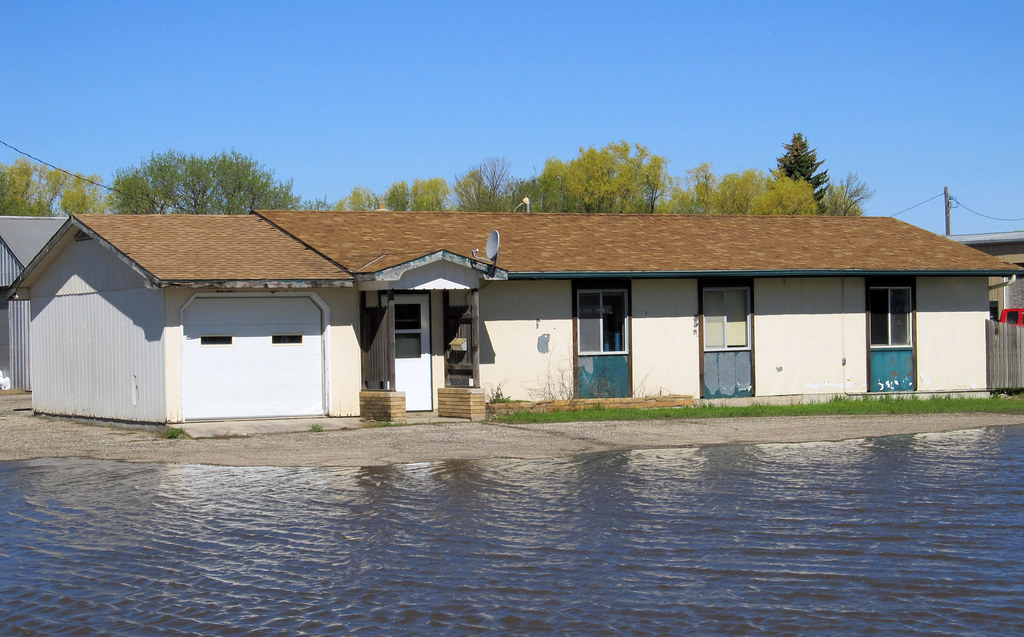
27 Jan 7 Of The Best Water Damage Restoration Tips
Water is vital for humans. However, if it appears in a different way, it can cause property damage and casualties. It could also be caused by natural disasters like flooding or storms, as well as internal causes like a burst pipe or sewage back-up, or appliance malfunction.
We have years of experience in restoring homes and we’ve compiled the best water damage restoration tips for you to get back on your feet quickly. Continue reading to learn tips to speed up the process and protect your family’s safety..
Water Damage Restoration Strategies
Tip #1 – Make sure you have safety
When dealing with water damage, the most important thing is to ensure your safety. Water damage can cause irreparable structural damage and destruction to your property. Prior to starting the restoration process, make sure you assess the extent of the damage.
When restoring damaged areas, you should also wear protective gear such as gloves, a mask and boots. Professional Long Beach water damage restoration professionals can handle any severe damage.
Tip #2 – Know where and how you can shut off your main water supply
It is crucial to act quickly in order to reduce risk and minimize losses as well as protect your property from water damage. The more water that sits on your property, the more moisture seeps into porous building materials and then spreads to other parts of your home.
If left unattended, it can ultimately lead to more damage such as mold growth. In case of emergency, make sure you know where the water shutoffs are. If you are unable to stop the leakage, contact a plumber immediately.
Tip #3 – Turn off the electricity supply
Electricity is the most dangerous when it comes to water damage. Combinations of electricity and water can lead to death. Water can be dangerous to any wires or cables that are exposed to it.
Prior to dealing with water damage in your home, turn off the electricity. Hire professionals to service your electronic devices before you use them.
Tip 4: Find the source of water damage
There are three types of water damage. Each category is affected by some level of contamination. If you act quickly, category 1 water damage can be repaired. However, Category 3 water damages is considered the most severe type of water damage. This should be left to professionals. Consider the severity of the contamination. Be aware of any health risks.
Tip #5 – Move valuables
You can safely move personal items such as electronics, furniture, or appliances to a dry and safe area. Get help from friends if the furniture is too heavy. A plastic bag can be used to protect artwork and other important documents. Some porous materials may need to be disposed of.
Tip #6 – Start the cleanup and mitigation process
To remove standing water, you can use a shop vacuum. To remove any remaining moisture or water, you can use a mop and towels. Fans and dehumidifiers can be used to dry the area. You can open doors and windows to let in air, if it’s not too humid.
Use bleach and water to clean the area. You should also inspect for mold growth in the area that was once water damaged. Restore or repair damaged flooring, ceilings, walls and ceilings. Repaint damaged ceilings and walls if necessary.
Tip #7: Contact water damage restoration professionals
It is best to have a partner on site for any water-related events. This will help you to secure your property and restore it to its original condition. Water damage restoration specialists are well-equipped with the most efficient tools and methods to restore water damaged properties.
They will value your property as you do. They have received training in how to handle any type of disaster. They are quick to react.
Water Damage Restoration by Superior Restoration
We have years of experience in restoring commercial and residential properties. The Institute of Inspection, Cleaning, and Restoration Certification (IICRC) has certified our Long Beach Water Damage Restoration specialists. This certification means that technicians have completed professional training.
The assessment of the damage is the first step in the restoration process. Once we have assessed the damage, we create a plan for restoration and share it with you. You can rest assured that your property will be restored to its original condition with minimal damage.

